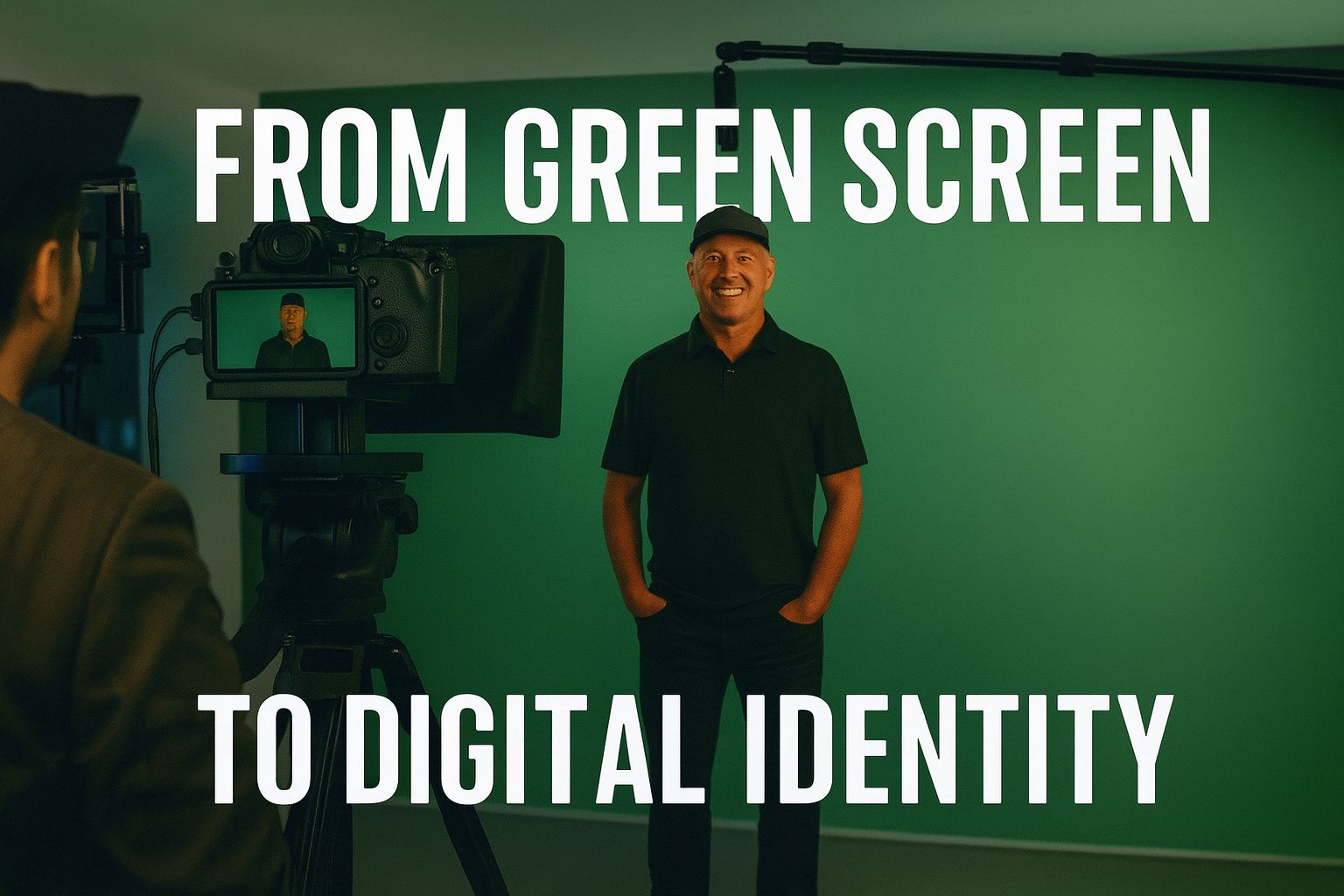The Components that Make Live Video Streaming and Online Video Hosting Work
The Internet offers unlimited sources of information, as well as numerous methods of sharing these between servers and end-users. From simple text, photo, and graphics sharing, websites have developed more advanced ways to improve communication with their viewers. Online video hosting and streaming are good examples of these. A video is a combination of visuals and audio, which makes for more effective communication. Aside from conveying messages better, videos also improve the quality and presence of web pages.
The main reason more websites are beginning to add videos to pages is that videos attract more traffic. End-users find watching videos more interesting than simply reading text or looking at photos. Videos are also easy to share on social networking sites. How can websites show videos on their web pages? There are several components that make online video sharing work, namely the end-user, server, information stream, and decoder.
End-user
An end-user refers to the final consumer of a product. When talking about the Internet, an end-user can be anyone who searches, streams, downloads, and uploads information. The two major roles that end-users play in video sharing are uploading and viewing. They view videos by downloading or streaming them from video hosts like Oculu Video Solutions. End-users fuel the video hosting and streaming process, making it integral to the development of websites and the Internet as a whole.
Server
Videos uploaded on the Internet are saved on the host’s server. Depending on the chosen video host or website, the server may limit the access of the videos to select end-users. Large video sharing websites publicly show uploaded videos, although some may be tailored for limited viewing only. Some giant web hosting sites generate over 400 million visits per month and even more than 3 billion videos watched a day. Aside from video uploading, these websites also allow video streaming.
Information stream
Streaming refers to the method of data transfer without downloading from a source. In video streaming, the host website provides a platform where an uploaded video can be readily available for viewing. Technically known as decoders, a client browser or plug-in is needed to display data or video. Some websites even provide live video streaming to allow end-users to view significant events as they happen.
Decoder
Although in a different format from text, photos, and audio clips, videos are types of content that require a medium or decoder to be viewed by an end-user. Whether it is an online or a mobile video platform, a plug-in or browser is required. The device used must have an application that can display videos in the required format.





